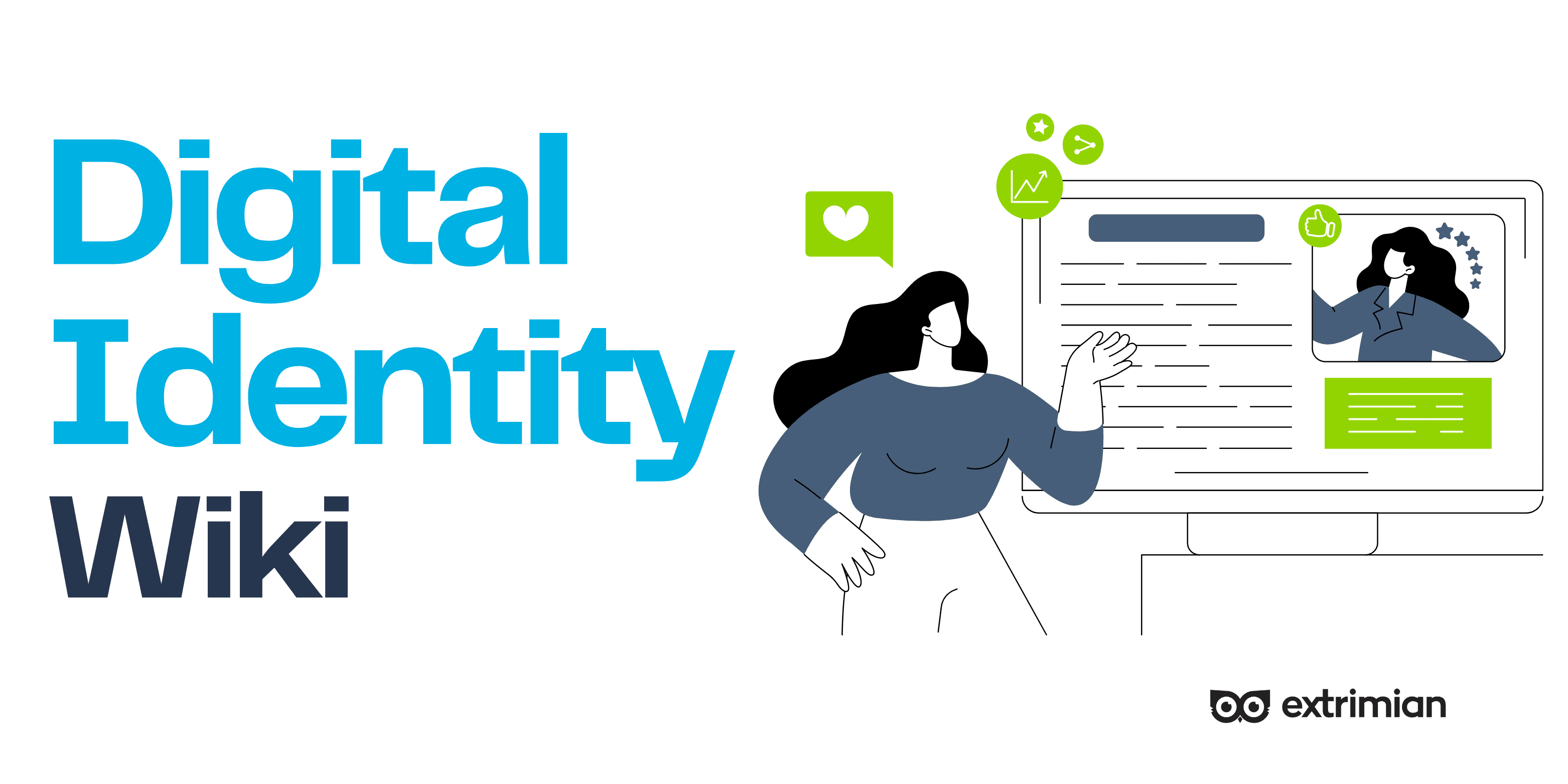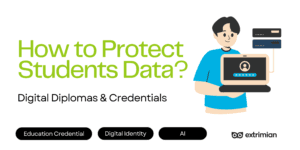From the Centralized to the Decentralized
Digital Identity is a fundamental aspect of our interconnected world, representing individuals, organizations, or devices in the digital realm. This wiki page provides an overview of the history, evolution, and key concepts of digital identity, including its progression from centralized to self-sovereign identity. Additionally, it offers links to relevant projects exemplifying each type of digital identity and introduces the Extrimian proposal, outlining the products offered by Extrimian in this field.
History and Evolution of Digital Identity
Centralized Digital Identity
The concept of digital identity has evolved significantly over time. In its early stages, centralized digital identity systems predominated, where users created unique identities for various online services. This often involved using usernames and passwords. These identities lacked interoperability, making it cumbersome to manage multiple accounts and raising security concerns. An example of a centralized digital identity system is Microsoft’s Azure Active Directory.
Federated Digital Identity
To address the limitations of centralized systems, federated identity systems emerged. These systems enabled users to employ a single set of credentials to access multiple services across different domains. Notable examples include Single Sign-On (SSO) solutions like OpenID and OAuth. Federated identity improved convenience but still relied on trusted third parties for authentication.
Decentralized Digital Identity
Decentralized identity systems sought to eliminate central authorities and intermediaries. A pivotal concept in this evolution is the use of Decentralized Identifiers (DIDs). DIDs are globally unique identifiers anchored in decentralized networks, such as blockchain. They empower individuals to have greater control over their digital identities and share information selectively with trusted parties. A project exemplifying decentralized digital identity is uPort.
Self-Sovereign Identity (SSI)
Self-sovereign identity represents the pinnacle of digital identity evolution. It places individuals in full control of their digital personas, allowing them to create, own, and manage their identities without relying on centralized authorities. In an SSI ecosystem, users can present Verifiable Credentials (VCs), which are digitally signed attestations or claims made by trusted entities. VCs enable selective disclosure of information, preserving privacy while establishing trust in online interactions. An example of an SSI-based project is QuarkID which will be adopted and launched in the first instance by the Government of the City of Buenos Aires.This SSI protocol for Latam region, was co-found and developed by Extrimian.
Also, another example is Sovrin, and the ESSIF or European self-sovereign identity framework (ESSIF) is part of the European blockchain service infrastructure (EBSI).
To know more about Self-sovereign identity Wiki
Main Concepts of SSI
Verifiable Credential (VC)
Verifiable Credentials are the core components of self-sovereign identity systems. They are digital statements or claims issued by trusted parties and cryptographically signed. VCs can represent various types of information, such as government-issued IDs, diplomas, or memberships. Users can selectively disclose VCs to prove specific attributes about themselves, enhancing privacy and trust in online interactions. W3C’s Verifiable Credentials Data Model defines a standard for VCs.
Decentralized Identifier (DID)
Decentralized Identifiers (DIDs) are the foundation of decentralized digital identity systems. DIDs are unique, globally resolvable identifiers that are not tied to any central authority. They enable users to establish their digital presence in a decentralized manner, granting them greater control and autonomy over their identities. The DID specification by W3C outlines the standards for DIDs.
Zero-Knowledge Proof (ZKP)
Zero-Knowledge Proofs (ZKPs) are cryptographic techniques that allow one party (the prover) to prove to another party (the verifier) that they possess certain knowledge without revealing the actual knowledge itself. ZKPs are crucial in self-sovereign identity systems as they enable individuals to assert claims about themselves (e.g., being of legal drinking age) without disclosing unnecessary personal information. An example of ZKPs in action is zkSync, the Ethereum Layer 2 network on which SSI’s QuarkID protocol is anchored for the Latam region, which was co-founded and technically developed by the Extrimian team.
[Self-sovereign identity Wiki](link to SSI Wiki)
Differentials and Contrasts in Digital Identity systems
- Centralized vs. Self-Sovereign Identity: The key differentiator is control. In centralized identity, a third party controls your identity, while self-sovereign identity puts you in control.
- Federated vs. Decentralized Identity: Federated identity relies on trusted intermediaries, whereas decentralized identity eliminates intermediaries, enhancing security and privacy.
- Verifiable Credentials vs. Traditional Credentials: VCs provide cryptographic proof of authenticity, making them more secure and trustworthy than traditional paper-based credentials.
- DID vs. Centralized Identifiers: DIDs are independent of any central authority, ensuring resilience and eliminating single points of failure.
- Zero-Knowledge Proof vs. Traditional Authentication: ZKPs enable authentication without revealing sensitive information, reducing privacy risks associated with traditional authentication methods.
Extrimian Proposal
Extrimian offers innovative solutions in the digital identity space, aligning with the evolving landscape of decentralized and self-sovereign identity. Their products encompass identity management, verification, and authentication solutions, designed to enhance security, privacy, and user control in the digital realm. For more details on Extrimian’s offerings and their role in shaping the future of digital identity, please refer to the Extrimian website. Notably, Extrimian collaborates with zkSync in their digital identity initiative, with the QuarkID protocol built on the zkSync network.
Learn more about this technology and digital SSI standard with the Extrimian Academy in this lessons:
- Digital Identity and Trust Course: https://extrimian.io/courses/digital-identity-and-trust/
QuarkID
For more information about QuarkID, please refer to the dedicated QuarkID wiki.








